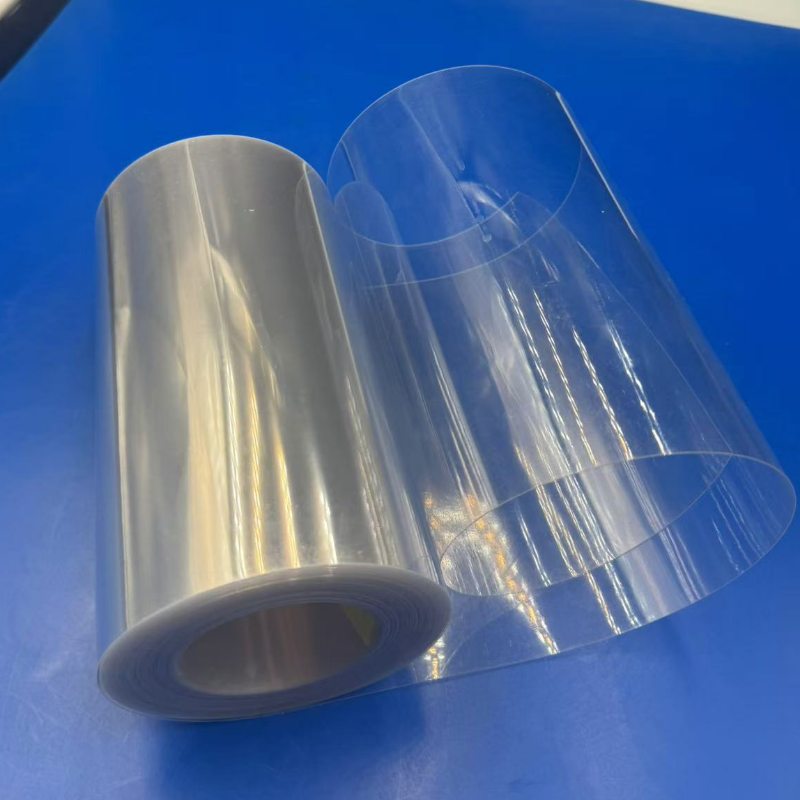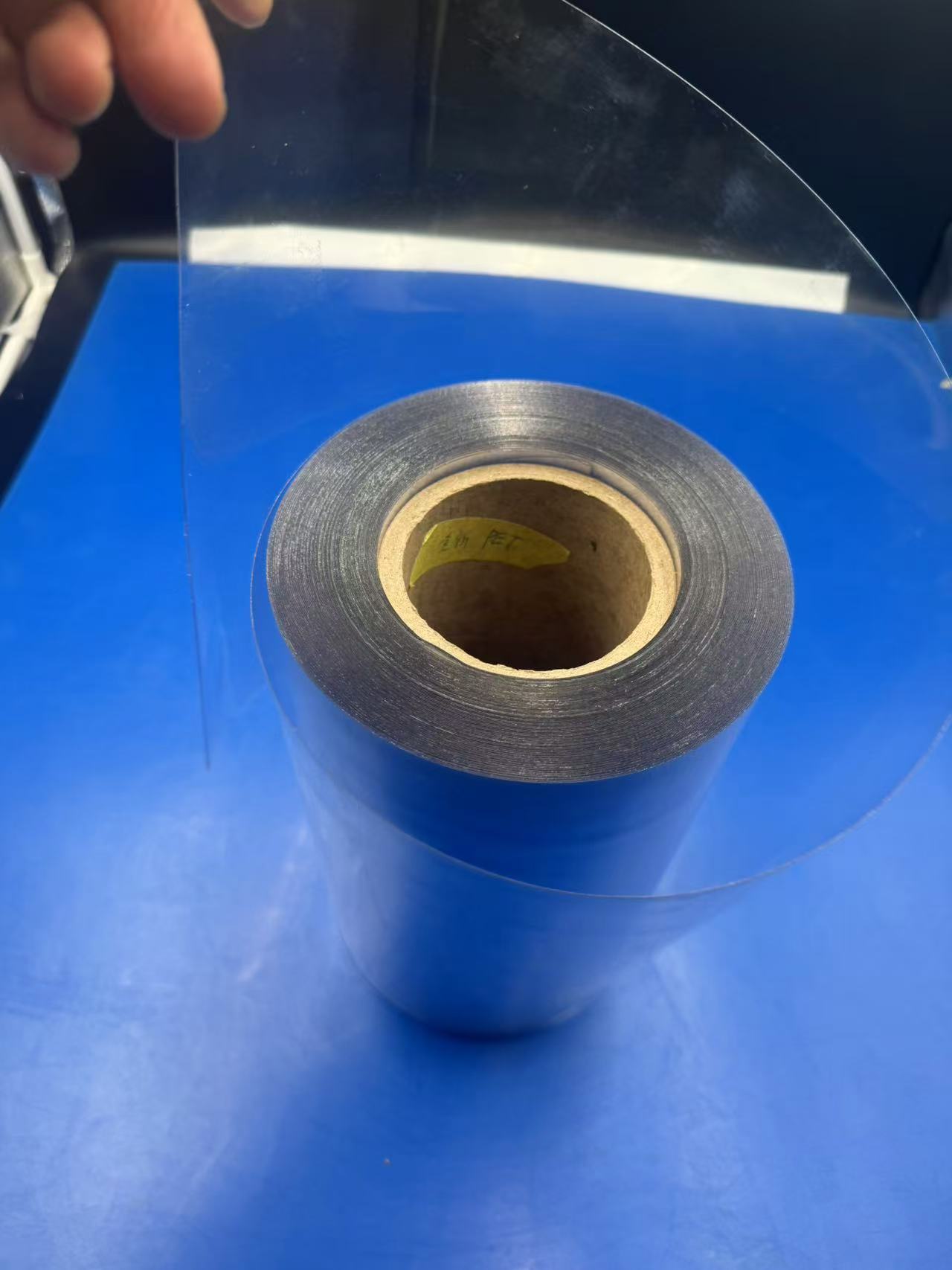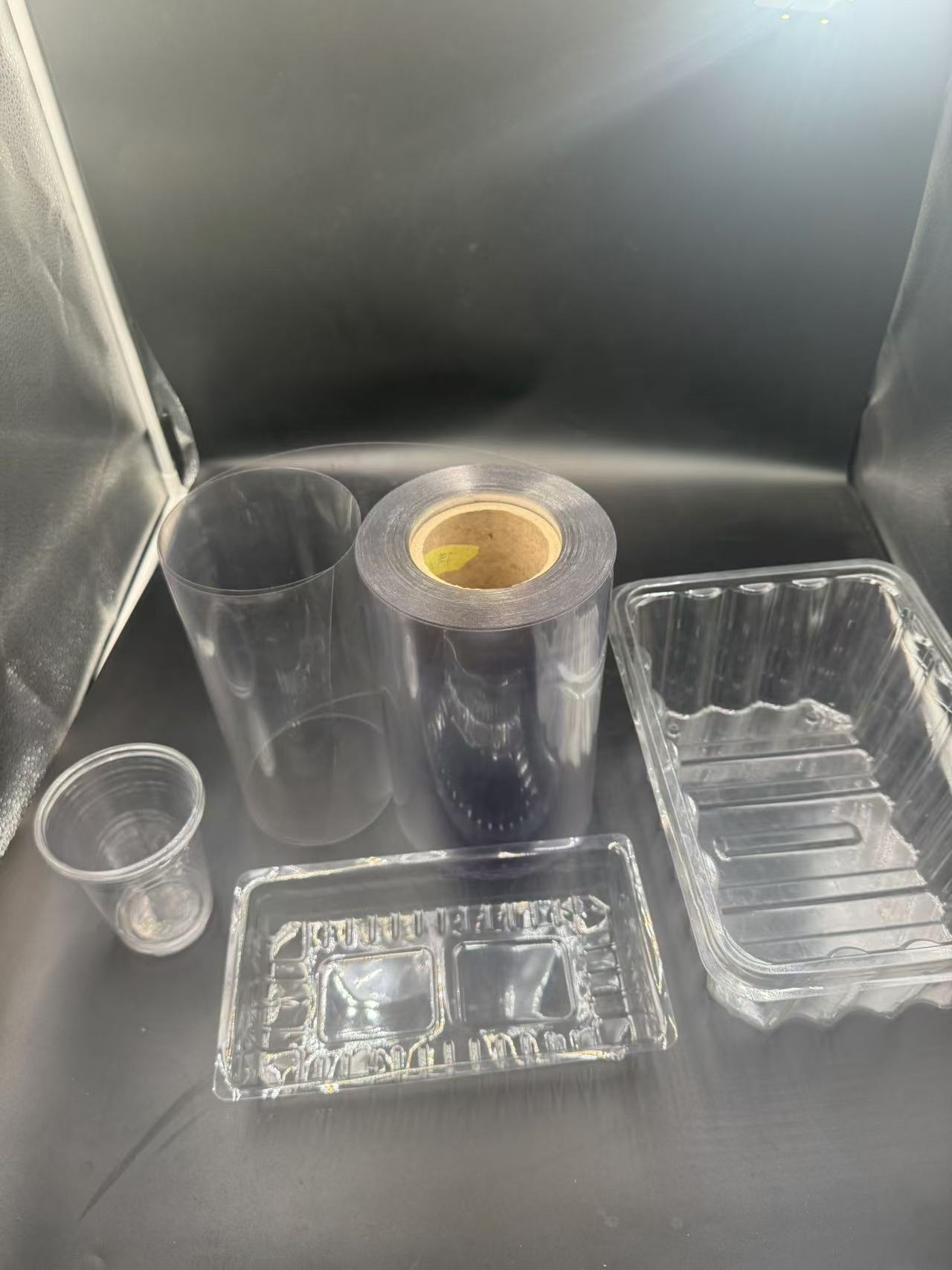The Properties of PET Film and Its Application in Blister Packaging for Tableware
3 week agoPolyethylene Terephthalate, commonly known as PET film, has emerged as a cornerstone material in the packaging industry, particularly in the realm of blister packaging for tableware. Its unique combination of physical, chemical, and mechanical properties makes it an ideal choice for manufacturers seeking durability, safety, and aesthetic appeal. This article explores the defining characteristics of PET film and delves into how these attributes translate into practical applications for tableware blister packaging, offering a vivid and evidence-based perspective on its significance.

PET film is a thermoplastic polymer renowned for its versatility and robustness. Below are five critical properties that distinguish it as a superior material:
- Transparency and Clarity
PET film boasts exceptional optical clarity, allowing for a crystal-clear view of the packaged product. This transparency is not merely aesthetic; it serves a functional purpose by enabling consumers to inspect the tableware—be it forks, spoons, or knives—without opening the package. Studies have shown that clear packaging can increase consumer trust by 20%, as it provides assurance of quality and cleanliness. - Mechanical Strength and Durability
With a tensile strength ranging from 50 to 150 MPa depending on processing conditions, PET film offers remarkable resistance to tearing and puncturing. This durability ensures that tableware remains securely encased during transportation and handling, reducing the risk of damage. For instance, a single layer of 0.5 mm PET film can withstand significant impact, making it suitable for stacking and shipping.
- Chemical Resistance
PET film exhibits excellent resistance to moisture, oils, and mild acids, which is crucial for maintaining the integrity of tableware packaging. In environments where disposable cutlery might come into contact with food residues or cleaning agents, PET film prevents degradation, ensuring the packaging remains intact and hygienic. - Thermal Stability
Capable of withstanding temperatures between -40°C and 70°C without losing its structural integrity, PET film is highly adaptable to various storage conditions. During the thermoforming process used in blister packaging, it can be molded at temperatures around 120°C to 150°C, allowing for precise shaping without compromising its strength. - Recyclability and Sustainability
One of PET film’s most compelling attributes is its recyclability. Approximately 1.8 million tons of PET are recycled globally each year, according to industry reports, making it a sustainable choice in an era where environmental concerns are paramount. Its closed-loop recycling potential aligns with the growing demand for eco-friendly packagingsolutions.
PET Film in Blister Packaging for Tableware: A Perfect Match
Blister packaging, characterized by its pre-formed plastic cavities sealed with a backing material, has become a staple for tableware due to its protective and display capabilities. PET film’s properties align seamlessly with the demands of this application, as explored below.
Protection and Preservation
Tableware, especially disposable or lightweight items like plastic cutlery, requires packaging that shields it from dust, scratches, and contamination. PET film’s mechanical strength ensures that each piece remains pristine from the factory to the end user. For example, during a typical shipping process, packages may endure vibrations and pressure. A 0.3 mm PET film blister pack can absorb these stresses, keeping forks and spoons securely in place.
Moreover, its chemical resistance plays a vital role in hygiene. Imagine a scenario where a batch of plastic knives is stored in a humid warehouse. PET film’s moisture barrier prevents mold growth or corrosion, which could otherwise compromise safety. This reliability has made it a preferred choice for brands aiming to uphold stringent quality standards.
Aesthetic Appeal and Branding
The transparency of PET film transforms blister packaging into a marketing tool. A set of elegantly designed spoons encased in a PET film blister pack catches the eye on a retail shelf, offering a window into the product’s quality. This visual appeal is enhanced by PET film’s ability to be printed or embossed with logos and designs, allowing manufacturers to integrate branding directly onto the packaging. For instance, a high-end cutlery set might feature a sleek, embossed pattern on the PET film, elevating its perceived value.
Cost-Effectiveness and Efficiency
In the competitive world of tableware manufacturing, cost efficiency is a priority. PET film strikes a balance between performance and affordability. Its lightweight nature—typically weighing 1.38 g/cm³—reduces shipping costs, while its thermoformability allows for rapid production cycles. During blister packaging, PET film is heated and molded into precise cavities in mere seconds, enabling high throughput. A medium-sized facility can produce thousands of blister packs daily using PET film, optimizing both time and resources.
Sustainability in Action
As consumers and regulators push for greener solutions, PET film’s recyclability shines. Tableware blister packs made from PET film can be collected, shredded, and reprocessed into new film or other products, reducing landfill waste. A real-world example comes from Europe, where recycling programs have successfully repurposed PET film packaging into fibers for textiles, closing the loop on its lifecycle. This eco-conscious approach not only meets regulatory demands but also resonates with environmentally aware consumers.
Versatility Across Tableware Types
From disposable plastic forks to reusable stainless steel knives, PET film adapts to diverse tableware needs. Its thermal stability ensures it can handle the slight variations in weight and shape, while its clarity highlights the product regardless of material. For instance, a blister pack for a set of bamboo utensils can showcase their natural texture through PET film, appealing to the eco-friendly market segment.
Real-World Applications and Evidence
The adoption of PET film in tableware blister packaging is not hypothetical—it’s a proven success. Major retailers and manufacturers have leaned on its benefits for years. A 2023 industry survey found that 68% of disposable cutlery packaging in North America utilized PET film, citing its durability and clarity as key factors. In Asia, where single-use tableware dominates due to convenience-driven lifestyles, PET film accounts for a significant share of the market, driven by its cost-effectiveness.
Consider a practical example: a fast-food chain introducing a new line of biodegradable spoons. By encasing them in PET film blister packs, the chain ensures the spoons remain uncontaminated while allowing customers to see the eco-friendly material. The packaging’s recyclability further reinforces the brand’s sustainability message, creating a cohesive narrative from product to presentation.
Scientific backing reinforces these applications. Research published in the Journal of Polymer Science highlights PET film’s ability to maintain structural integrity under stress, with a modulus of elasticity around 2.8 GPa. This resilience translates directly into its performance in blister packaging, where it must endure handling without cracking or deforming.
Challenges and Future Prospects
While PET film excels in many areas, it’s not without challenges. Its production relies on petroleum-based raw materials, raising questions about long-term sustainability as fossil fuel reserves dwindle. However, innovations like bio-based PET film, derived from sugarcane or corn, are gaining traction. These alternatives retain the same properties while reducing carbon footprints, hinting at a future where PET film becomes even more eco-friendly.
Another consideration is its heat sensitivity beyond 70°C, which limits its use in high-temperature sterilization processes. Yet, for tableware blister packaging, where such conditions are rare, this drawback is negligible.
Looking ahead, advancements in PET film technology—such as enhanced barrier coatings or thinner gauges without sacrificing strength—promise to broaden its applications. As the tableware industry evolves, PET film is poised to remain a linchpin, adapting to new demands with its inherent versatility.

Conclusion
PET film’s journey from a humble polymer to a packaging powerhouse is a testament to its remarkable properties. Its transparency, strength, chemical resistance, thermal stability, and recyclability make it an unrivaled choice for blister packaging in the tableware sector. Whether protecting a delicate plastic fork or showcasing a premium knife set, PET film delivers on both function and form. As sustainability and efficiency continue to shape the packaging landscape, PET film stands ready to meet the challenge, proving that sometimes, the simplest materials can have the most profound impact.

Similar Video Recommendation
You May Also Like
If you are interested in the product, contact Bossgoovideo.com for more information
- *To:
- Shandong Top Leader Plastic Packing CO., LTD
- *Message:
-
Submit
Main Product:
PVC Rigid Film,
PET PETG Rigid Film,
HIPS Film,
PC Film,
PP Film ,
Other plastic packaging products
You May Also Like





















